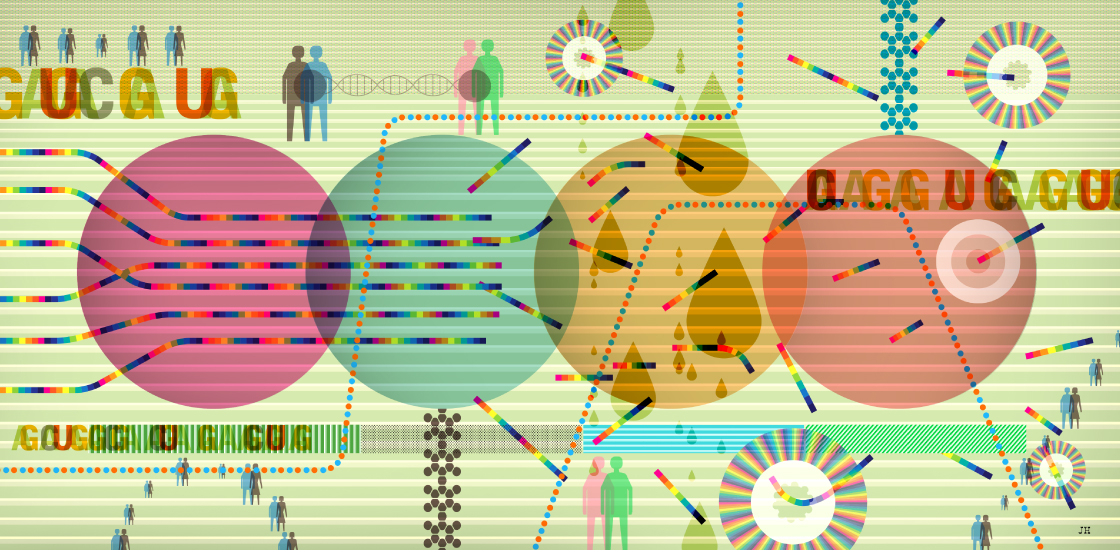
We waded through the sea of autism studies published this year and spotted several themes.
Researchers made significant headway on multiple fronts, from understanding the effect of exposures during pregnancy on autism risk to reviving radical therapies for conditions related to autism. Other endeavors, such as the search for noncoding variants that play a role in autism, were less fruitful.
Here is a look at five hot topics from 2017.
Maternal factors
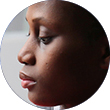 Epidemiological studies have linked exposures to certain drugs or immune reactions during pregnancy to an increased risk of autism, but the biological mechanisms underlying these associations have been unclear.
Epidemiological studies have linked exposures to certain drugs or immune reactions during pregnancy to an increased risk of autism, but the biological mechanisms underlying these associations have been unclear.
This year, researchers broke new ground in understanding how maternal infections may derail fetal brain development, potentially leading to autism. A pair of mouse studies revealed that inflammatory molecules released to combat infections can cross into the placenta and lead to patches of abnormal brain tissue in the pups. Intriguingly, changing the maternal microbiome — the landscape of gut bacteria in the mother mouse — seems to prevent the development of these patches in her pups.
Another study this year challenged the notion that having influenza during pregnancy can double the risk of autism. The study of nearly 200,000 mother-child pairs found that women diagnosed with the flu while pregnant were no more likely than uninfected women to have a child with autism.
Studies also questioned the link between antidepressant use during pregnancy and autism. By examining the use of antidepressants before, during and after pregnancy in thousands of women, the studies suggested that the mother’s depression, not its treatment, is to blame for the increase in autism risk. Even if antidepressant use during pregnancy does have some effect, the researchers concluded, the risk is small and must be considered alongside the potential harm from untreated depression.
Early signs
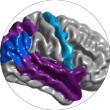 Most behavioral features of autism aren’t apparent in the first year of life, so many teams are looking for subtle biomarkers of brain and behavior that emerge in infancy.
Most behavioral features of autism aren’t apparent in the first year of life, so many teams are looking for subtle biomarkers of brain and behavior that emerge in infancy.
Several studies this year revealed atypical patterns of brain growth, activity and connectivity in infants later diagnosed with autism. In February, one study found that children with autism show rapid brain growth in the first year of life, and those with the fastest brain growth have the most severe autism features at age 2. A study in June then reported that patterns of brain activity in 6-month-old babies can accurately predict which ones will later be diagnosed with autism. And a study in August found that children diagnosed with autism show atypical connections between brain regions in the first year of life.
One team used eye-tracking technology to confirm that children with autism look at different aspects of a video of social interactions than do typical children. The work also revealed that gaze patterns are rooted in genetics, and may serve as an early marker of autism.
Detecting autism early means that children with the condition can receive therapy sooner; early treatment is known to be important for the best outcome. In another study published this year, researchers found that brain scans can predict a child’s response to a behavioral treatment for autism called pivotal response training.
Gene therapy
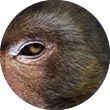 For the past two decades, the promise of gene therapy has largely been overshadowed by the risks. But the approach is making a comeback.
For the past two decades, the promise of gene therapy has largely been overshadowed by the risks. But the approach is making a comeback.
This year, several animal studies highlighted gene therapy’s potential for reversing features of autism-related conditions, such as Rett syndrome. One team of researchers used a virus to deliver the Rett syndrome gene MECP2 into mice and monkeys, easing features of the syndrome and improving the mice’s survival. Another team delivered a fragment of the gene, and found that this eases Rett-like features in adult mice. This ‘mini-gene therapy’ approach raises the possibility of treating the condition beyond childhood, and may sidestep problems associated with having too much MECP2.
Animal studies may seem far removed treating conditions in people, but clinical trials of gene therapy are also forging ahead. One trial found that gene therapy can prolong the survival of children with spinal muscular atrophy, a genetic condition characterized by a loss of neurons that control movement.
Noncoding variants
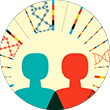 Researchers have long suspected that mutations in genomic regions that don’t code for genes contribute to autism. But identifying these mutations and understanding their effects is no easy feat.
Researchers have long suspected that mutations in genomic regions that don’t code for genes contribute to autism. But identifying these mutations and understanding their effects is no easy feat.
This year, researchers gained access to an unprecedented number of whole-genome sequences from people with autism. The noncoding genome is vast, so different groups are taking different tacks in the search for variants linked to autism.
One group found that children with autism have more rare, spontaneous mutations in regions of the genome that regulate gene expression than do typical children. But two other groups posted conflicting findings to the preprint server bioRxiv: One found no role for mutations in regulatory regions in autism; the other implicated only inherited variants.
An analysis of whole-genome sequences from more than 5,000 people uncovered some noncoding mutations in people with autism that are absent in controls. It also revealed mutations in genes that went undetected in studies scouring only coding regions of the genome.
The search for noncoding variants featured heavily in our special report on autism genetics this year. With more whole-genome sequences on the way, this field will be one to watch in 2018.
Mosaic mutations
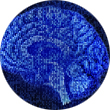 Some mutations affect only a subset of the body’s cells. A pair of studies this year suggest these so-called ‘mosaic mutations’ play a bigger role in autism than previously thought. A study published in July found that about 8 percent of spontaneous mutations seen in people with autism are mosaic. Another study, published in September, estimated that mosaic mutations contribute to autism in roughly 4 percent of people with the condition. The findings were so exciting that both studies made our list of the year’s most notable papers.
Some mutations affect only a subset of the body’s cells. A pair of studies this year suggest these so-called ‘mosaic mutations’ play a bigger role in autism than previously thought. A study published in July found that about 8 percent of spontaneous mutations seen in people with autism are mosaic. Another study, published in September, estimated that mosaic mutations contribute to autism in roughly 4 percent of people with the condition. The findings were so exciting that both studies made our list of the year’s most notable papers.
What’s more, researchers reported in October that more than 5 percent of supposedly spontaneous mutations seen in people with autism were in fact inherited from parents who are mosaic for the mutations.
The number and whereabouts of these cells depend on when the mutation arises during development. An analysis of fetal brain tissue published this year suggests that about 1.3 new mutations arise each time a cell divides. About 3 percent of these mutations are thought to have functional consequences for a gene or protein.
Recommended reading

Expediting clinical trials for profound autism: Q&A with Matthew State

Too much or too little brain synchrony may underlie autism subtypes
Explore more from The Transmitter

This paper changed my life: Shane Liddelow on two papers that upended astrocyte research
Dean Buonomano explores the concept of time in neuroscience and physics

